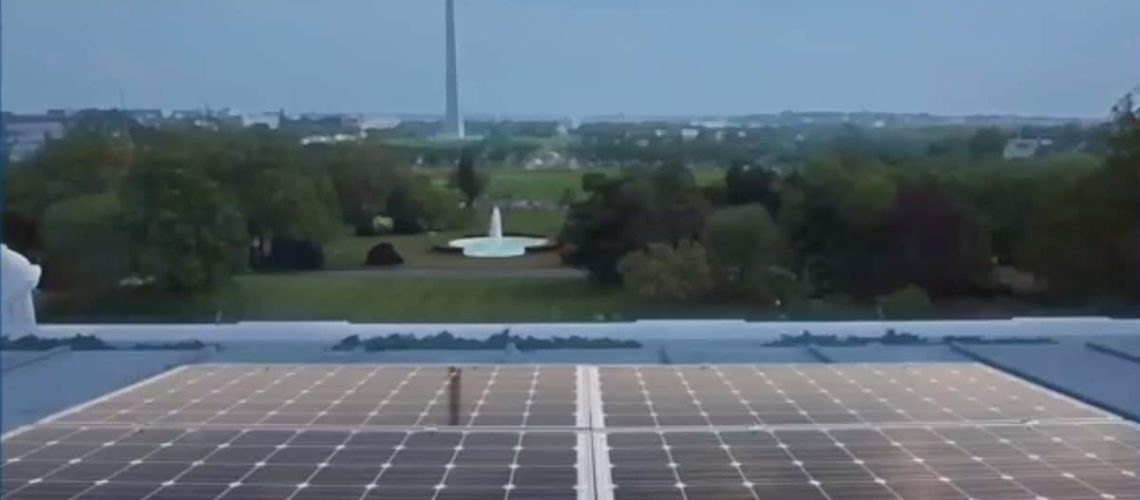As previously withdrawn in 2016 by the Trump Administration, the Biden-Harris administration restored federal guidance for addressing climate change
The White House Council on Environmental Quality (CEQ) released updated Guidance on Consideration of Greenhouse Gas Emissions and Climate Change to help federal agencies better assess and disclose climate impacts as they conduct environmental reviews.
This step was by directed by an executive order signed by President Biden in January 2021. The action restores federal agency emissions guidance, which was previously withdrawn in 2016 by the Trump Administration.
As federal agencies roll out clean energy projects, including those funded through the 2021 Bipartisan Infrastructure Law and the Inflation Reduction Act, the updated guidance is expected to improve sustainability while keeping environmental reviews “focused and efficient.”
“The interim guidance will enable clean energy developers to move forward with projects, particularly on federal lands, that not only reduce climate impacts from the power sector, but that also create jobs and add economic benefits for communities in areas where solar projects are sited,” said Abigail Ross Hopper, president and chief executive of the Solar Energy Industries Association (SEIA).
The guidance, which CEQ is issuing as an interim guidance, is open for public comment through March 2023. It is aimed at providing more clarity and predictability for conducting reviews, including highlighting existing tools and best practices.
The update is also expected to improve transparency in the reporting of greenhouse gas emissions. The guidance now evaluates the social cost of climate change. It also provides specific recommendations for renewable projects to keep environmental reviews focused and provides steps to make projects more climate-smart and resilient.
“Disclosing and reducing emissions will ensure we’re building sustainable, resilient infrastructure for the 21st century and beyond,” said Brenda Mallory, chair, CEQ. “These updated guidelines will provide greater certainty and predictability for green infrastructure projects, help grow our clean energy economy, and help fulfill President Biden’s climate and infrastructure goals.”
CEQ’s new climate change guidance recommends that agencies account for greenhouse gas (GHG) emissions in National Environmental Policy Act (NEPA) reviews. The updated guidance provides agencies with a common approach for assessing their proposed actions, while recognizing each agency’s unique circumstances and authorities. Specifically, the guidance:
- Updates the 2016 guidance consistent with developments in climate science, caselaw, and the urgency of the climate crisis;
- Emphasizes a “rule of reason” that the depth of analysis should be proportional to a project’s impacts and clarifies that projects that will reduce GHG emissions, such as certain renewable and low GHG projects, can have less detailed GHG emissions analysis;
- Clarifies best practices for analyzing climate change effects, including by clarifying the need to quantify indirect emissions, which will help projects avoid legal setbacks and provide transparency to help drive climate-smart decisions;
- Recommends best practices for communicating and providing context for climate impacts, such as by noting relevant climate action commitments and goals and using the social cost of GHGs to generate monetary estimates of climate impacts;
- Recommends that agencies mitigate GHG emissions to the greatest extent possible;
- Advances environmental justice by encouraging agencies to meaningfully engage with affected communities and incorporate environmental justice considerations into climate-related analysis; and,
- Supports broad scale or programmatic approaches that can make later reviews more efficient.
“The White House Council on Environmental Quality is taking an important step forward in supporting the development of clean energy projects that will reduce greenhouse gas emissions from the U.S. power sector,” said Ross Hopper.



